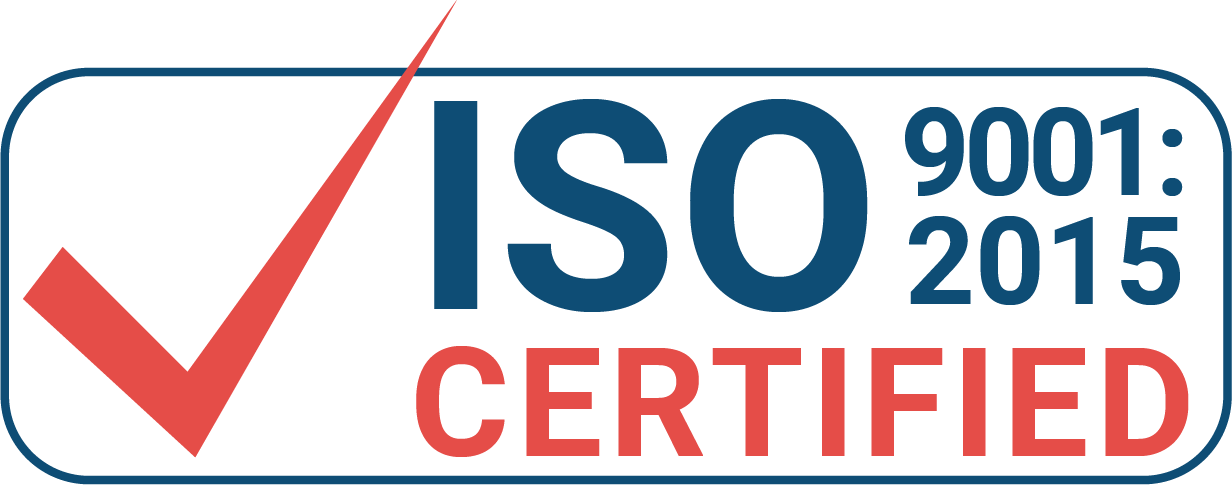How to Ship ALD Precursors by Land, Air, and Sea
Top tips for a successful hazardous material shipping program
Did you know that pyrophoric chemicals can’t fly but most ALD precursors can be shipped via FedEx or UPS Ground without freight service? Or that your shipping mode of transportation can determine the volume or number of different kinds of chemicals you’re allowed to ship at one time?
Even the most seasoned logistics managers run into complications when navigating a new hazmat shipment. Shipping hazardous materials beyond your country’s borders requires careful research, training, and planning. To help get you started, we’ve compiled a list of checkpoints to consider for your international hazmat shipping program.
Training Employees
A properly trained staff is the foundation of a successful, compliant shipping program because shippers can be held directly accountable for proper, legal transportation of hazardous materials. Anyone involved with shipping hazardous substances such as chemicals, radioactive materials, or biological materials is required to receive special training. Anyone who offers advice for transport, transports, or handles hazardous substances for transport must also be trained. (Code of Federal Regulations (CFR) 49, Part 172).
Training for international hazmat shipping can be obtained through three main organizations. First, DOT (Department of Transportation) certification is needed for all ground transportation guidelines. This certification will give you a better understanding of the scope of regulations for shipping within the United States and is valid for three years from award date.
Next, the IATA (International Air Transportation Association) certification course offers crucial information for all hazardous materials traveling by air. The IATA certification is valid for two years following completion date. Finally, training and certification from the IMDG (International Maritime Dangerous Goods) will support any international shipping efforts taking place via boat. Certain materials can’t fly so this certification may be critical to your business, depending upon your product offering.
Handling
The next consideration in your hazmat shipping process regards the safety of those who will be handling and packing the materials. While training and certification are the first step in understanding safe shipping practices, employees must be informed about the nature of the materials they are handling. In addition, they must also be provided with the correct personal protective equipment (PPE). This can include gloves, gowns, masks, and goggles.
Packing
Depending on the type of hazardous material, different levels of protection during transportation are required. Basic packing supplies include boxes, bottles, cans, and pails. High-volume shipments may be packed in totes, drums or barrels. Some hazardous materials may require multiple containers in order to suspend and protect the material inside from potential impact. Some may even require temperature-controlled packaging to maintain the material integrity.
When packing, be mindful of restrictions on the interior and exterior packing requirements. For example, you may be restricted to a specific number of bottles within the package, exterior packaging must be UN-certified depending on the weight of the product packed inside, etc.
There are endless material options for cushioning and padding, some of which have absorbent qualities to aid in the event of a leak, minimizing exposure risk to those handling the package and the environment. These materials can include styrofoam, bubble wrap, vermiculite, gel packs, air-filled poly bags, etc. and should be thoroughly researched to provide the most effective protection for your shipments.
You may also take careful consideration of your closure materials to ensure a safe, secure seal on the finished package. Depending on the type of hazmat inside the package, tamper-evident tape may be appropriate. Custom tape can offer carriers additional information about the package’s contents or offer a branding opportunity, embellishing the package with your logo.
Certification & Documentation
The primary purpose of documenting your hazmat shipments is to give the carrier vital information about the package’s contents as well as emergency response guidelines during transport in the event of an accident.
For hazmat shipments traveling by air, a declaration of dangerous goods form must be submitted to your carrier. For ground shipments, a shipping paper is required. These forms are lengthy and must be filled to completion to guarantee timely delivery of your package. Failure to complete the paperwork may result in shipment refusal and/or delays. Familiarity with these forms and guidelines are critical to attest to your accountability as a shipper and provide a concrete course of action in the case of an accidental exposure to the hazardous materials inside.
Every chemical must travel with a Safety Data Sheet (SDS) created by the manufacturer or importer that is compliant with the GHS 2016 standard. The SDS contains the hazmat class as well as the UN number.
Documenting your packing and shipping process with photos is an excellent way to verify your compliance and detail the condition of the materials before they leave your possession. Contact your carrier directly with questions regarding your specific shipment as paperwork requirements can vary between countries.
Labeling
All hazmat shipping containers must be clearly labeled on their exterior with regulatory hazmat label markings and placards that indicate the primary and secondary hazardous risks. The label should include the code and name of the hazmat inside along with a full description of the materials.
Hazmat items need to be clearly labeled with the correct shipping name, hazard classification, and UN number. Hazard shipping classification runs on a scale of 1-9, where lower classifications identify flammable gasses and liquids. A detailed hazmat classification chart can be found here, provided by the United States Postal Service.
Check with your shipping agency to ensure your packages are labeled appropriately if any uncertainties remain. Proper labeling should provide detailed information on the potential risks of the package contents to anyone handling it. Limit your labeling to only what is required to focus the handler’s attention on what is relevant.
Transportation
The method of transportation for your hazardous materials will be determined by a number of factors. You will need to research restrictions on the specific material you are shipping. Restrictions may be present due to the hazardous nature of the materials. Limitations may also be imposed on the volume of certain materials that can be shipped at one time or on which chemicals can travel together in the same package. Certain quantities of hazmat may travel via ground transportation with carriers such as FedEx or UPS, but if the volume exceeds those limits, freight transportation will be required.
Vendor Selection
There are many options when choosing a shipping vendor and selection may be dependent on a number of factors including the materials themselves, time-sensitivity, shipping destination, and price. Depending upon the volume of hazmat you are shipping, you may be able to utilize a common ground carrier such as FedEx or UPS. For larger volumes, depending upon the material, freight transportation may be required. Do your research to find a reputable, suitable carrier for your products and business requirements.
Shipment Destination
While some countries may have labeling exemptions and different shipping requirements for local shipments, international shipping between countries requires full compliance with regulations established by the IATA (International Air Transport Association) and the IMDG (International Maritime Dangerous Goods) Code. For shipments within the United States, the Department of Transportation (DOT) should be consulted for all hazardous materials shipments.
Always defer to the more stringent guidelines and contact your carrier directly with questions if needed. Every carrier has restrictions on which countries they can and cannot ship hazardous materials.
While there are many boxes to check in the international hazmat shipping process, each step is crucial for compliance and safe, on-time delivery of your materials. Careful consideration of the aforementioned points will set you up for success and provide a clear path for your shipping program. For additional resources, check the links below.
UPS Guide for Shipping Hazmat
USPS Publication 52, Hazardous, Restricted, and Perishable Mail
https://pe.usps.com/text/pub52/welcome.htm
IATA Dangerous Goods Regulations
https://www.iata.org/en/programs/cargo/dgr/
Electronic Code of Federal Regulations
The International Maritime Dangerous Goods (IMDG) Code
https://www.imo.org/en/OurWork/Safety/Pages/DangerousGoods-default.aspx



